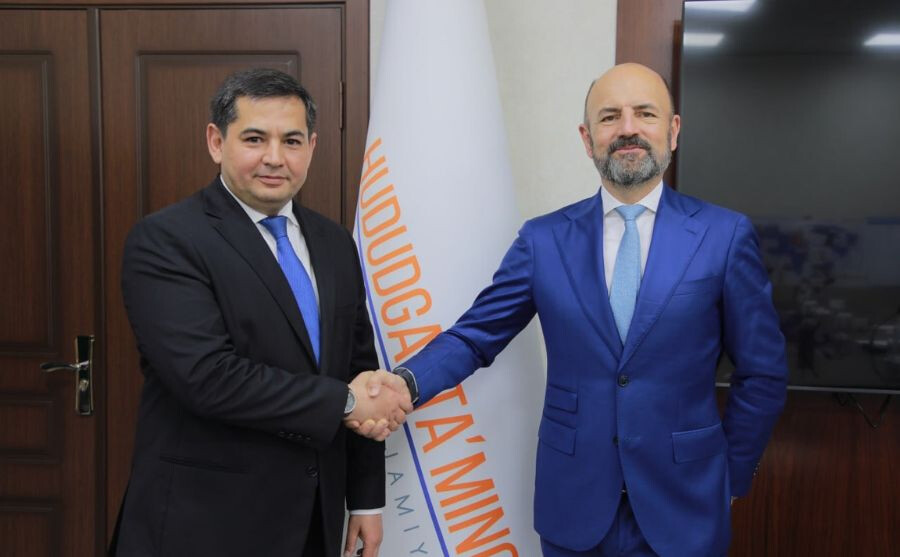

4/9/2025



2G smart meters, or second-generation smart meters, represent a significant evolution from the first-generation smart meters that have been part of the everyday life of electricity distributors since the early 2000s. These devices enable more efficient and automated management of energy consumption, providing real-time data to users and richer information to energy suppliers.
2G smart meters represent a significant step forward in electricity management, offering benefits to both users and suppliers. The ability to provide more detailed and, in some cases, real-time data, allows distributors and end users to know their energy consumption in detail and in real time. A real revolution in a world that demands ever greater sensitivity to energy use in any context.
The 1G meters
Let us, however, take a step back and place the magnifying glass on the first generation meters in order to better understand the differences with 2G smart meters.
In Italy, after the first regulation dated 1998, the spontaneous rollout phase was initiated in 2001 by Enel (which completed it in 2006), ACEA and ASM. Then, in 2007, when smart metering got mandatory throughout Italy, distributors who had not yet started installing electronic meters worked to comply with the new regulatory obligations. In 2011, therefore, consumers across the boot could count on the support of first-generation electricity smart meters.
The main and immediate positive effects of 1G smart metering were:
The significant impact on business was already evident more than ten years ago. First-generation smart metering had already shown its enormous potential and had delivered an all-round better service to distributors, vendors and end-users, thanks to more efficient process management and the amount of data retrieved from smart meters. However, 1G smart meters were not without their limitations. First of all, the depth of data, although revolutionary compared to the recent past, had not yet reached its full potential. The monthly detail was a big step forward, but there was already recognised room for improvement to increase consumption awareness for end users. Furthermore, first-generation smart meters pivoted on a single communication technology, Power Line Communication, with its pros and cons.
The second generation of smart meters
The directions that came from Europe in 2014 further changed the way metering processes were conceived and managed. Indeed, the EU Directive 2014/32/EU on energy efficiency called for more efficient smart meters, as well as the possibility for end customers to access consumption data at any time. With the technological scenario at the time, however, it was not yet possible to access such an upgrade and the national authorities, as well as the distribution companies themselves, prepared the field for the entry of a new technology, the second-generation smart meters.
2G smart meters are capable of recording consumption data every 15 minutes. This translates into the ability to show end-users how much they are consuming in real time, with full transparency and awareness of their consumption, a huge step forward considering that the first generation meters transmitted readings on a monthly basis. Moreover, they have additional functionalities compared to 1G meters. For example, they can communicate via the Chain 2 with a special device, which can be installed in every home, and which allows consumption data and power consumption to be consulted in real time. They also make instantaneous power peaks visible directly on the display and contribute to the considerable reduction of work in the field, since, thanks to the work orders, many tasks can be performed remotely. They can also make use of RadioFrequency communication technology to support the PLC and, finally, bring to six the number of time slots over which prices can be applied, twice as many as the three accessible via the 1G meters. The latter allows pricing to be managed more transparently and consistently with users' actual consumption, as well as optimising production and peak demand management for distributors and managing customised offers from vendors.
Italy was one of the first countries in the world to undertake the transition to second-generation (2G) electricity smart metering. After the specifications were defined by the National Authority, distributors started the rollout plan for the 2G platform and second generation meters and, after Enel, the first Italian distributor to replace 1G meters with 2G ones was Edyna.
The first phase of the 2G smart meter rollout project by Edyna required the remote management system, already active for 1G meters, to be enabled for the second generation of meters. Subsequently, the distribution company extended the use of the platform to 2G meters, enabling the simultaneous management of first and second generation meters within a new infrastructure.
Thanks to Terranova's software solutions (RETI, TWFA and TAMM) to complete the processes supported by the telemeter, therefore, the requirements of 2G and Italian regulations were fully met: the new integrated 2G management system immediately gave the end user access to a wider range of functionalities of the latest generation of smart metering and also facilitated communication with the SII (Integrated Information System). With the second generation Smart Metering, Edyna had access to as many as 96 readings (consumption samples) per day (one reading every 15 minutes) which, out of 250,000 integrated meters, means 24,000,000 readings processed daily by our platforms. This is, in total, an average of 720,000,000 readings per month.
In addition, readings per meter must be processed completely within 24 hours, as required by the Italian Authority (ARERA): in 24 hours, all load profiles must be collected, validated and residually estimated before being sent to the IIS.
An ambitious project, therefore, although necessary, which Edyna was able to carry out successfully thanks to the support of our software.


4/9/2025


1/9/2025


7/18/2024

Want to know more?
We’d be happy to talk more in detail about your needs and explore how we can become your ideal partner, to assist you in your business venture of innovation, digitization and sustainability